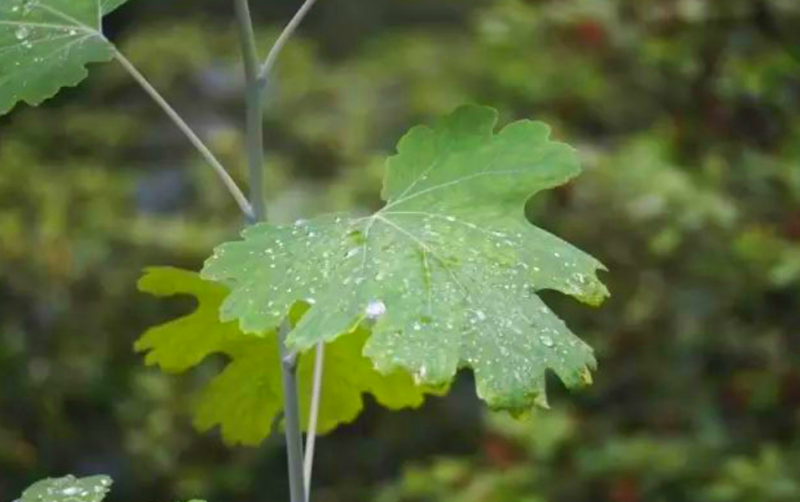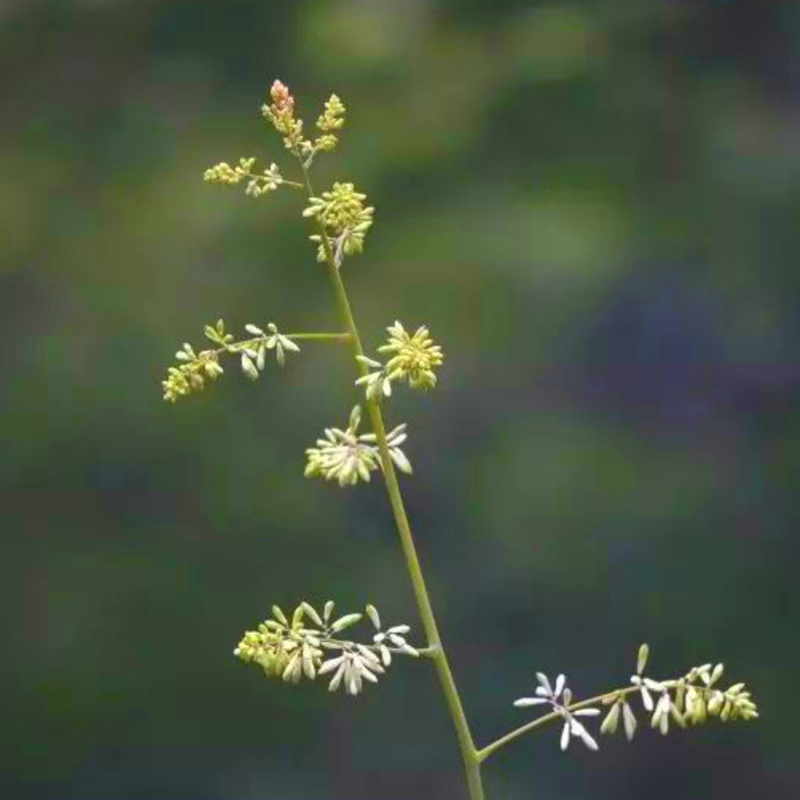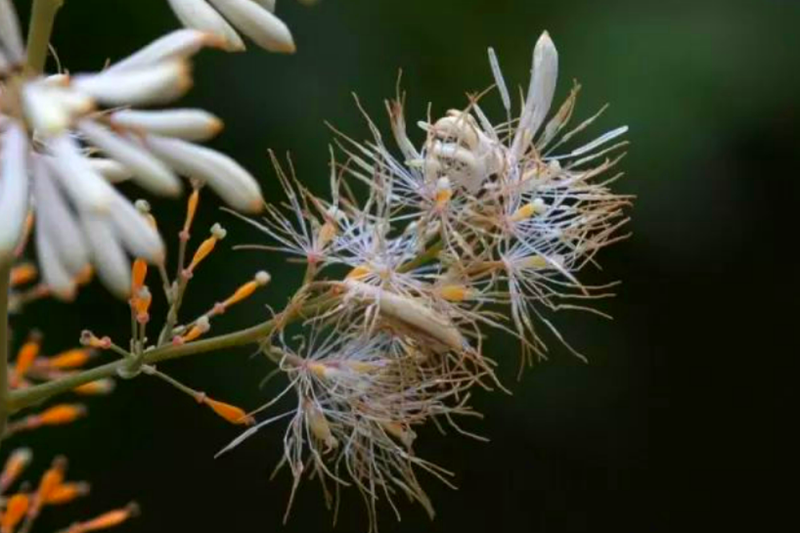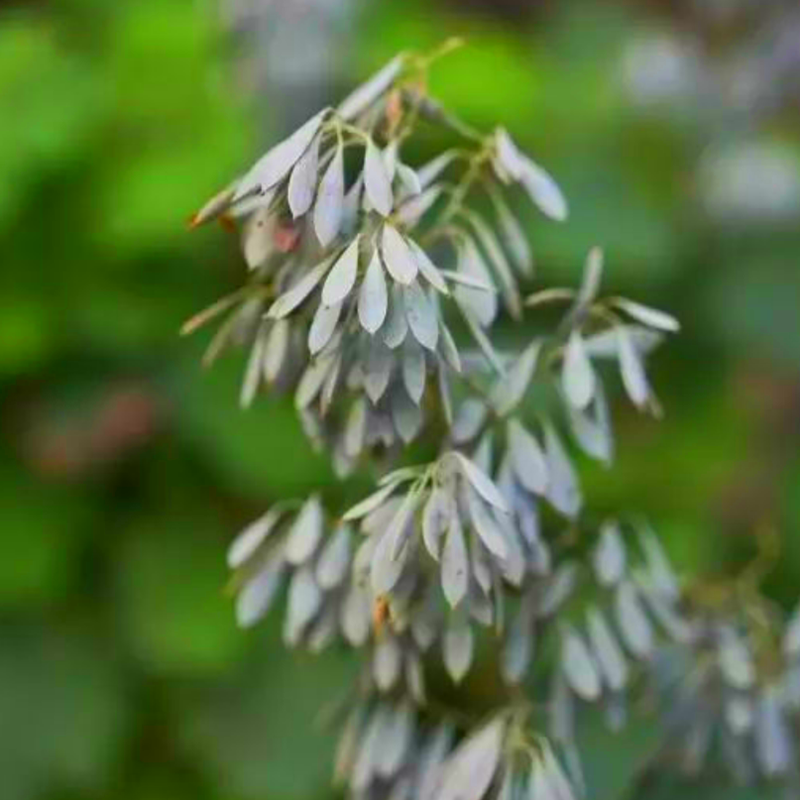The perennial herbaceous plume-poppy (Macleaya cordata) is an ornamental plant from the papaveraceae family. This plant is native to China and Japan and is used as a garden plant, can also persist around homes and in waste areas. The genus name comes from the British botanist Alexander Macleay (1767-1848) who named it for this famous flower. It is an excellent choice for both indoor and outdoor use and is a perfect choice for a garden or landscape.
In Hawaii, the plume poppy can be controlled by growing the plant in the right conditions. The species’ “plumes” are panicles of tiny off-white flowers. Some growers prefer to remove these solitary flowers, but others leave them to prevent seed production. For this reason, the plume poppy is an important part of the ecosystem on Maui.
The plume poppy is a beautiful and unique garden plant. It can grow to a height of about five to eight feet with a spread of two to four feet. It is low-maintenance and requires little water, which is ideal for urban gardens. Its beautiful white flowers grow between late summer and early winter and can reach up to 12 inches. The leaves of the plume poppy plant are large and heart-shaped and are 8-12″ wide. It can be propagated by division or by seed. Once established, the plume poppy is a perennial and needs only minimal attention to grow. It grows well in dry, sunny locations and prefers partial shade. Once established, plume poppy plants should be pruned in autumn and replanted every spring. During the growing season, it can be kept in check by pruning and removing unwanted suckers. During November and February, the plant’s branches can be cut to the ground and new shoots will emerge from the ground.
The plume poppy is a perennial herbaceous plant that has a bold presence in the garden but is delicate and beautiful. Its creamy white flower clusters are a delight in late summer and can last until the first frost. Its foliage is similar to that of massive geraniums and can be planted in a drift. This plant is an easy to care for and long-lived addition to any garden. Unlike other plants, the plume poppy does not require additional nutrients. However, if you notice any symptoms of deficiency, you can apply organic fertilizer directly to the roots. Be sure to avoid mineral fertilizers containing concentrated nitrogen. The plant will need to grow in full sun but will tolerate partial shade. For a healthy, beautiful garden, a plume poppy is a must-have!






